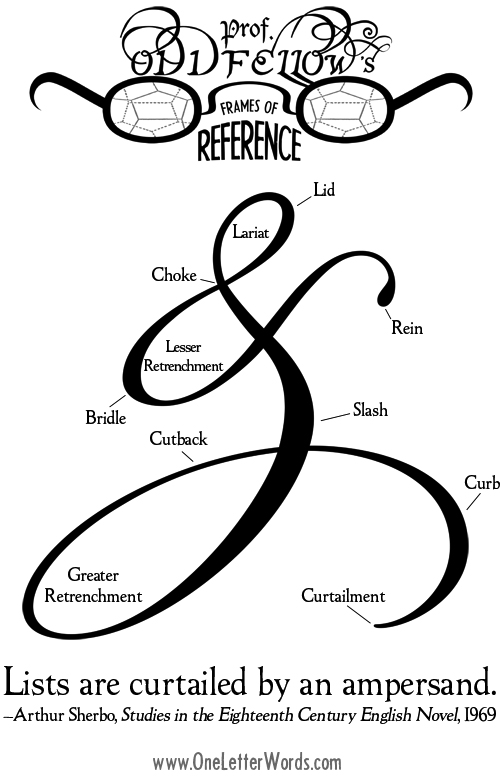The business of printed lettering
“The business of printed lettering has now, under the spur of commercial competition, got altogether out of hand and gone mad.”
—Eric Gill, An Essay on Typography, 1930; quoted in Typology: Type Design from the Victorian Era to the Digital Age by Steven Heller and Louise Fili, 1999.
American Beauty
“‘Aunt Tempe shook out a dress and held it at an authoritative angle with her head tilted to match. ‘I must say I never heard of a red wedding before.’
‘American Beauty, Aunt Tempe!’ cried India, teasingly whisking it from her and beginning to dance about after Dabney, holding it high.
‘I stand corrected,’ said Aunt Tempe.
‘They fade out before they get to Shelley and Dabney,’ Laura told her consolingly.”
—Eudora Welty, Delta Wedding, 1946.
Memphis ice slippers
“‘Roxie, where are the Memphis mints?’
‘Great big pasteboard box yonder in de pantry, Miss Tempe,’ called Roxie. ‘Have to untie you de ribbon to git you a taste. But you ought to see dem Memphis ice slippers! Green!’
Tempe went from the pantry to the back-porch icebox. ‘And hard as rocks—I know,’ she said. ‘And slippery—! People’ll lose them off their plates and they’ll slide across the floor from here to yonder, oh me.’”
—Eudora Welty, Delta Wedding, 1946.
the shining dust
“The air was a kind of radiant haze, which disappeared into a dim blue among hanging boots above—a fragrant store dust that looked like gold dust in the light from the screen door. Cracker dust and flour dust and brown-sugar particles seemed to spangle the air the minute you stepped inside. (And she thought, in the Delta, all the air everywhere is filled with things—its the shining dust that makes it look so bright.)”
—Eudora Welty, Delta Wedding, 1946.
Prof. Oddfellow’s Frames of Reference: Curtailment

the circle or ‘tondo’
“Of all emblems, the circle or ‘tondo’ is the most soaked with meaning. From dimmest pre-history, it has symbolized the sun, whose power, in one disguise or another, flows through all matter. It represents, too, the seed and the cell, the head, the halo and the corona, bodily orifices, Zodiac wheels, the earth, the eye, and the egg, the unbroken cycle of life and the continuity of consciousness . . . as well as what Tibetans call the ‘mysterious golden flower of the soul.’”
The square
“The square, too, has symbolic overtones. Early Chinese used it to represent the world. It also has been glorified as a sacred portal, and its four corners have served as visual metaphors for air, earth, fire, and water.”
beige á vu
“In downtown Seattle, for some reason, most of the excess buildings are beige. Seattleites complain of beige á vu: the sensation that they’ve seen that color before.”
—Tom Robbins, ‘Canyon of the Vaginas’, Wild Ducks Flying Backward; the short writings of Tom Robbins, 2005.
Where are the men
“Where are the men today whose lives are not beige; where are the writers whose style is not gray?”
—Tom Robbins, ‘Till Lunch Do Us Part’, Wild Ducks Flying Backward; the short writings of Tom Robbins, 2005.
the boudoir color
“Pink is what red looks like when it kicks off its shoes and lets its hair down. Pink is the boudoir color, the cherubic color, the color of Heaven’s gates. (Not pearly or golden, brothers and sisters: pink.) Pink is as laid back as beige, but while beige is dull and bland, pink is laid back with attitude.”
—Tom Robbins, ‘The Eight-Story Kiss’, Wild Ducks Flying Backward; the short writings of Tom Robbins, 2005.